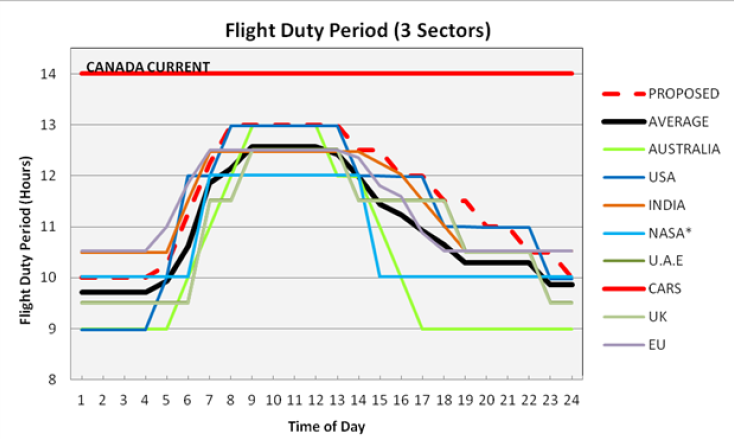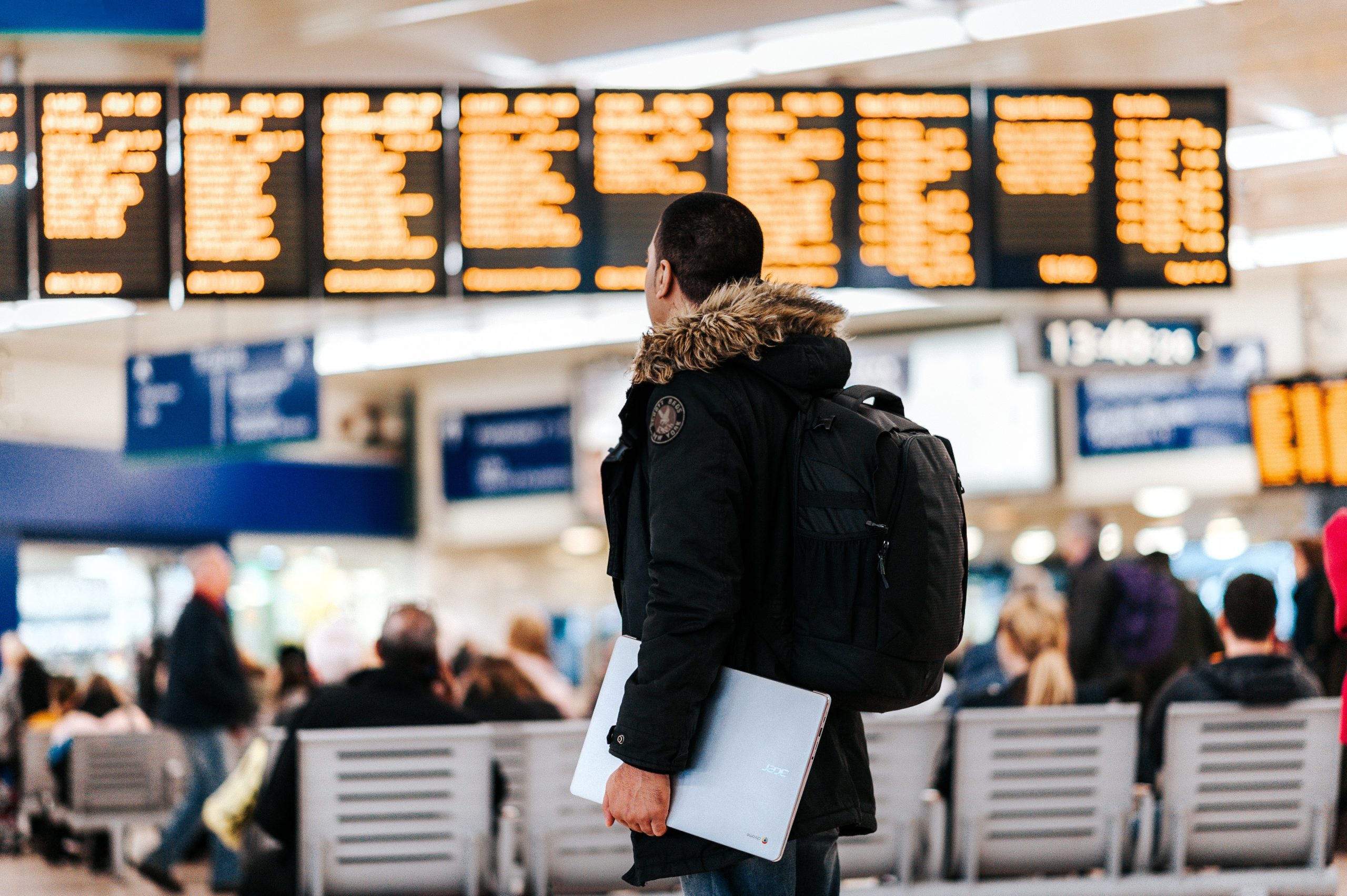Are your pilots playing Angry Birds?
Are your pilots playing Angry Birds? Hopefully not. The next time you get on a flight you may see your pilots and cabin crew members using iPads. Airlines are always looking for creative ways to make their operation more efficient and safe. iPads in the flight deck and cabin offer the advantages of reducing weight and making access to information faster.
Pilots have to reference a wealth of information, from approach plates to company documents and flight plans. By having content on iPads, reduces the weight of paper manuals and paperwork to be carried. This saves on paper and the added cost of carrying weight during the flight. It also allows pilots to pull up information much faster.
Many companies have also created custom apps for their operation. Changing weather or operational variables can be quickly entered into a custom app on a tablet to calculate new data, without the need to pull out paper manuals or communicate with ground staff. While on the ground with WiFi or 3G the tablets can used to received and send information between the company more efficiently.
United Airlines was the first major airline in 2011 to issue iPads to all their pilots, 11,000 in total. The concept is called Electronic Flight Bag (EFB), eliminating the need for the pilots to carry manuals and charts. Although the EFBs were initially only to be used above 10,000 feet, in more recent years airlines have been approved to have fixed iPads in the flight deck eliminating the need for some documents typically found on the aircraft and allowing pilots to use the iPads during all phases of flight (paperless cockpit). United’s 2011 introduction of iPads was estimated to save the airline 16,000,000 pages of paper and 326,000 gallons of fuel! See the News Release here: http://newsroom.unitedcontinentalholdings.com/index.php?s=20295&item=124155
American Airlines became the first airlines to issue all their cabin crew with Samsung tablets. American Press Release here: http://hub.aa.com/en/nr/pressrelease/american-airlines-to-use-electronic-flight-attendant-manuals
“American no longer relies on printing and shipping updates for flight attendant manuals, saving the company $300,000 annually. As a result, flight attendants can now update their manuals in a matter of minutes and search for items in seconds, improving work efficiencies. Switching to the lightweight 5.3-inch Samsung tablet from the nearly 5-lb. paper manual will save the company nearly $650,000 in fuel annually based on current fuel prices. The tablets also will help reduce the amount of carbon dioxide emissions by 2100 metric tons – or 4.6 million pounds annually.
In 2014, United announced issuing 23,000 of its mainline flight attendants with iPhone 6. The phone will be used as a quick access to important manuals but also act as a way to access the company internal communication system and make customer transactions in flight. See the news release here: http://newsroom.unitedcontinentalholdings.com/2014-12-10-United-Airlines-Bringing-Apples-iPhone-6-Plus-On-Board-for-Flight-Attendants
I first started using iPads on the flight deck in 2011 as an EFB with knee straps to hold an iPad. They were used for approach plates and maps. Along with weight savings, the approach plate app automatically updated to the most current content, saving the time needed to update paper content, along with the reduced risk of update errors.
Today I use iPads that are physically mounted to the aircraft with a dedicated charging source to maintain battery strength. As these iPads have been approved by Transport Canada, they can be used during all phases of flight.
At first the iPads were tricky to use as they changed the way information was accessed compared with traditional paper. But as time has passed my colleagues and I have become very comfortable with the iPad in flight. The thought of going back to a paper dominated flight deck is not appealing.
So the next time you see your pilots or cabin crew using tablets, they likely aren’t playing Angry Birds.





1 Response